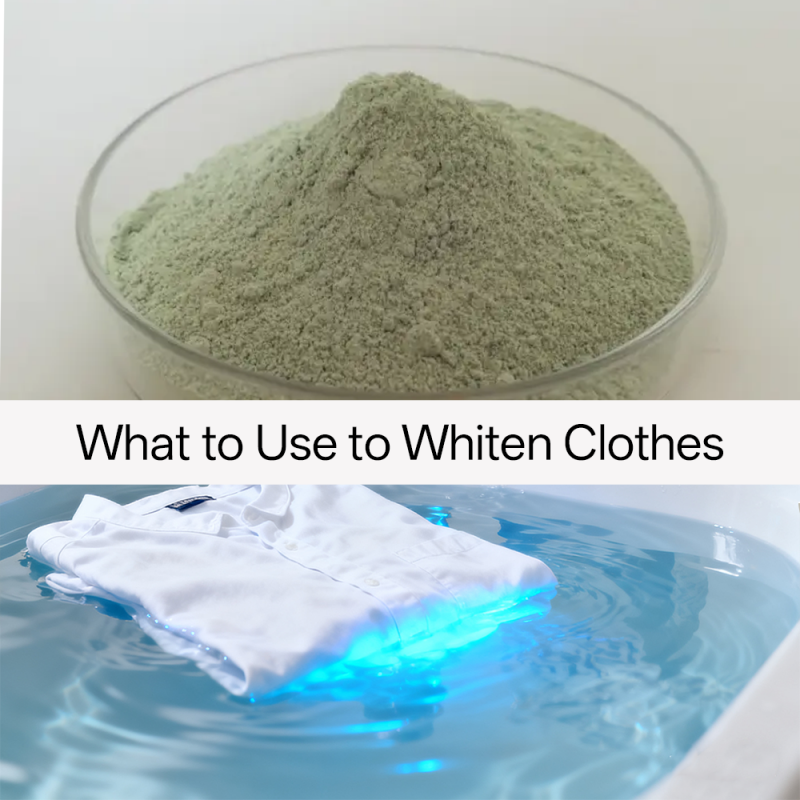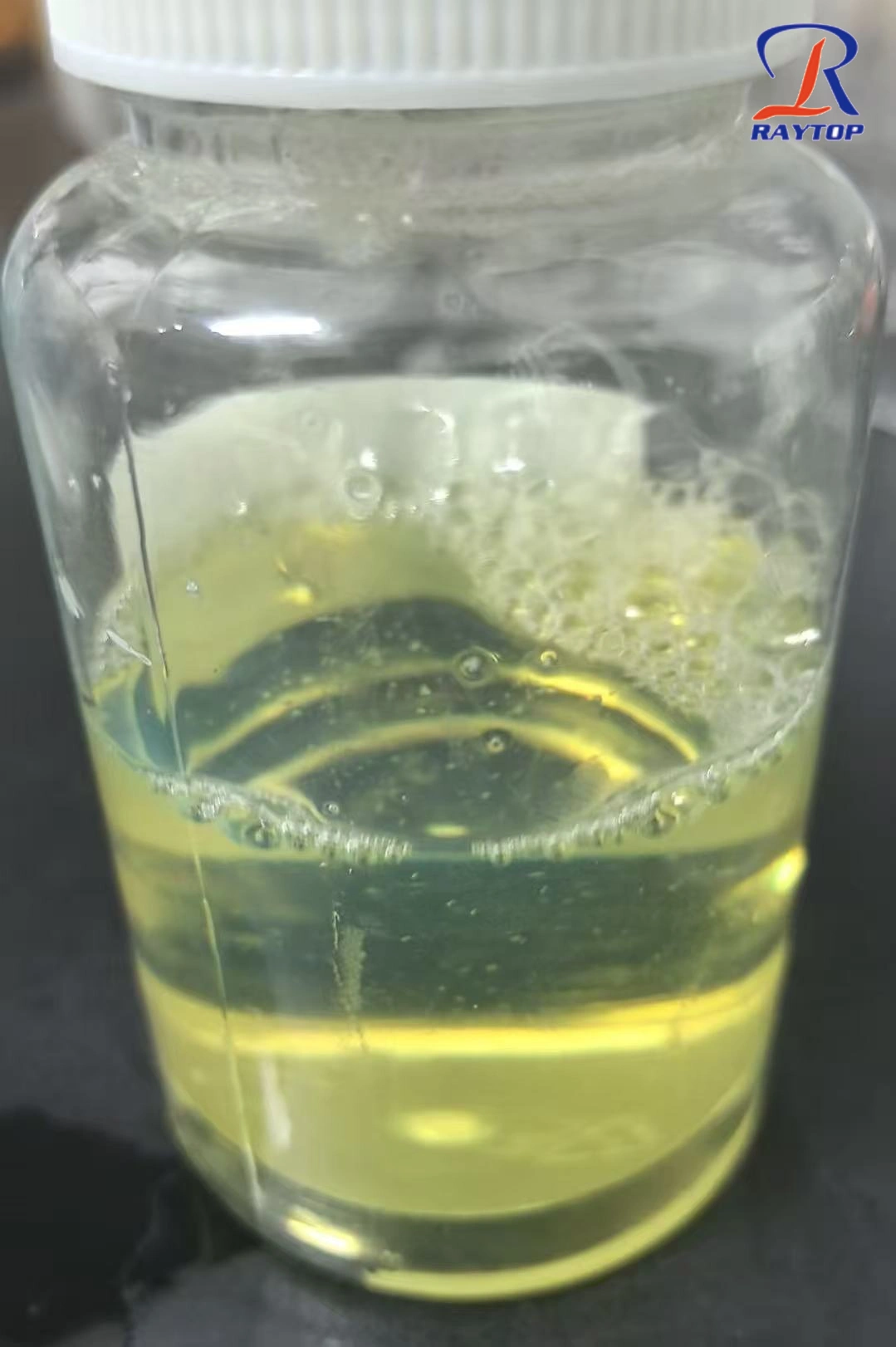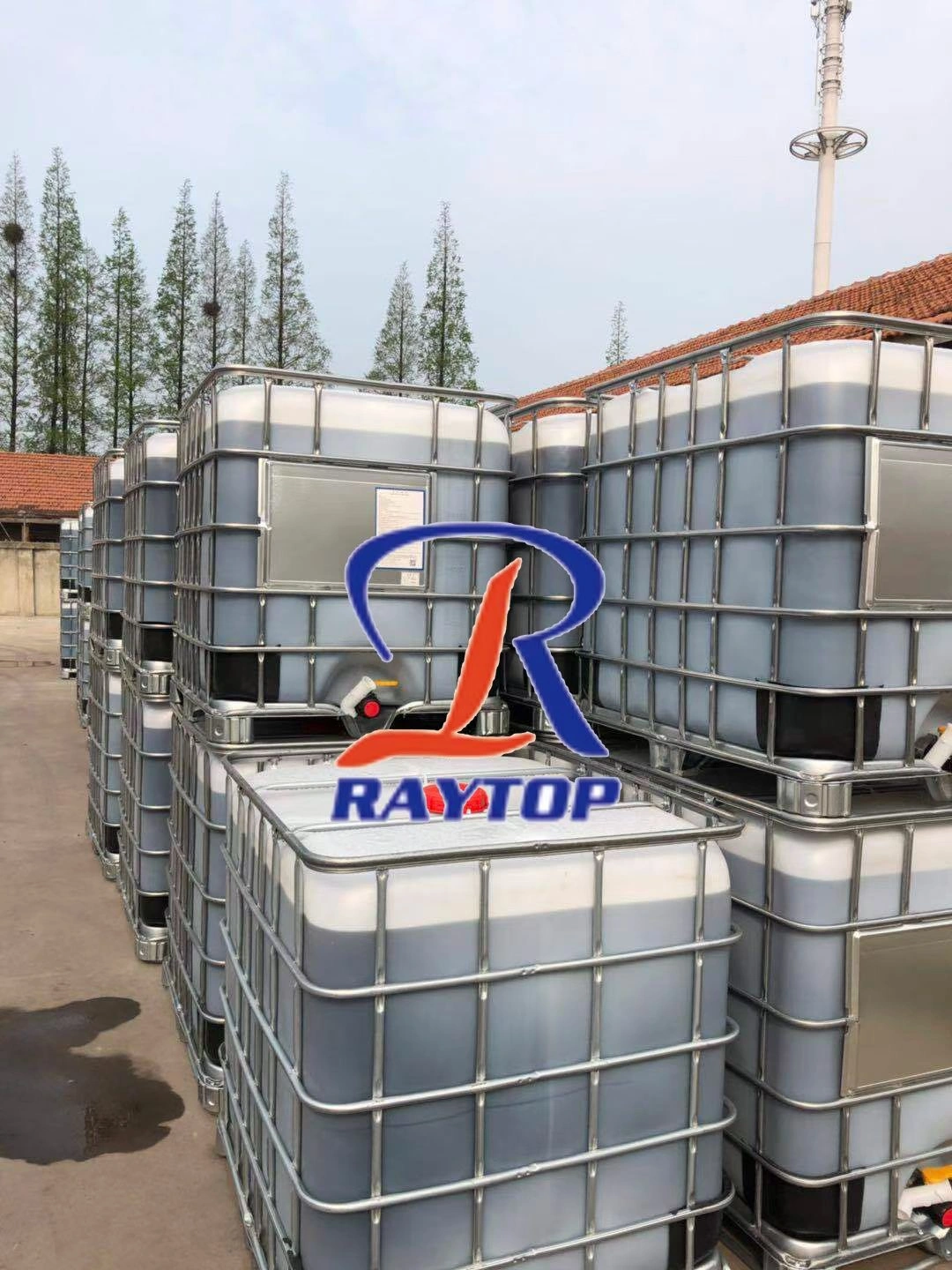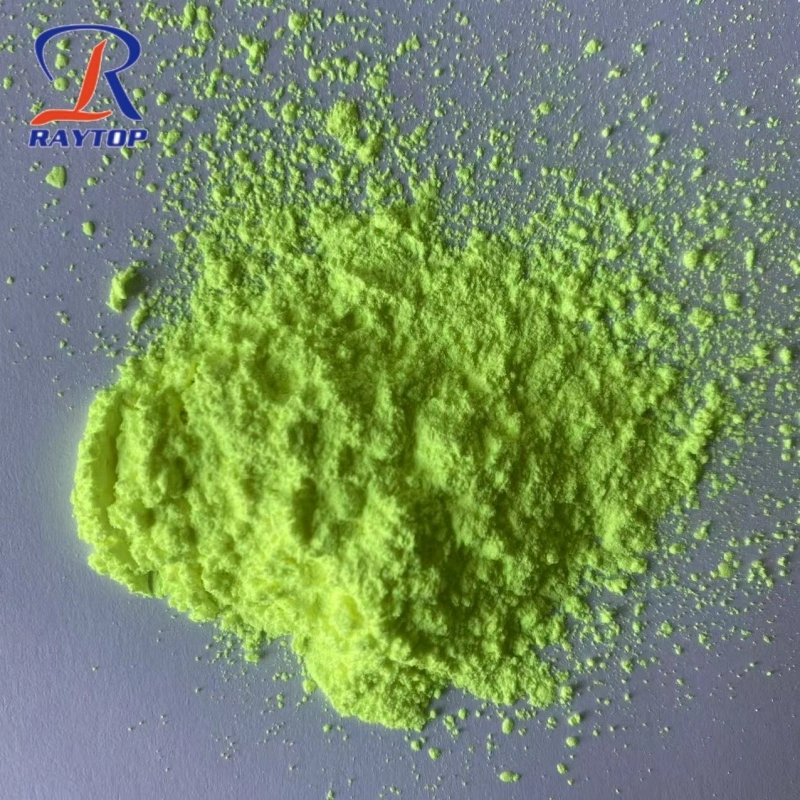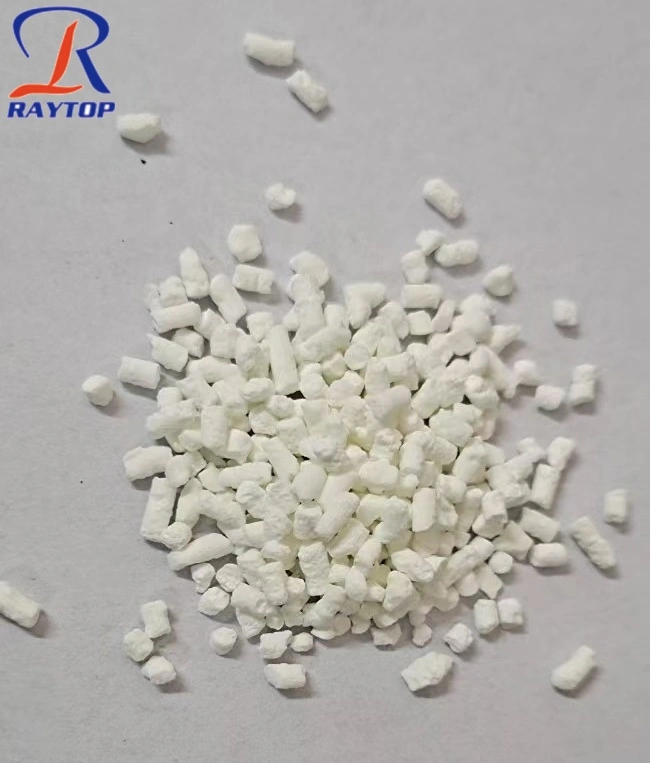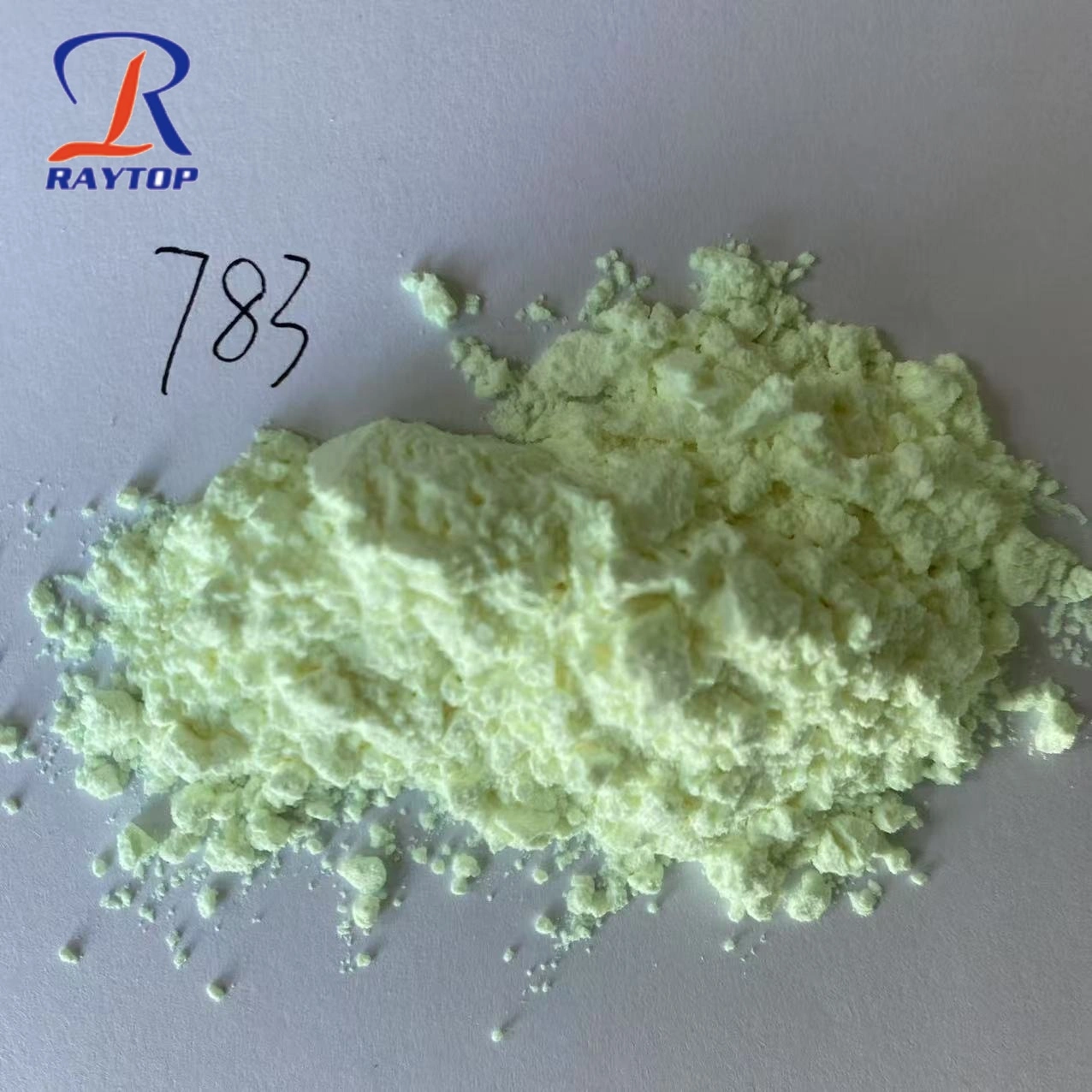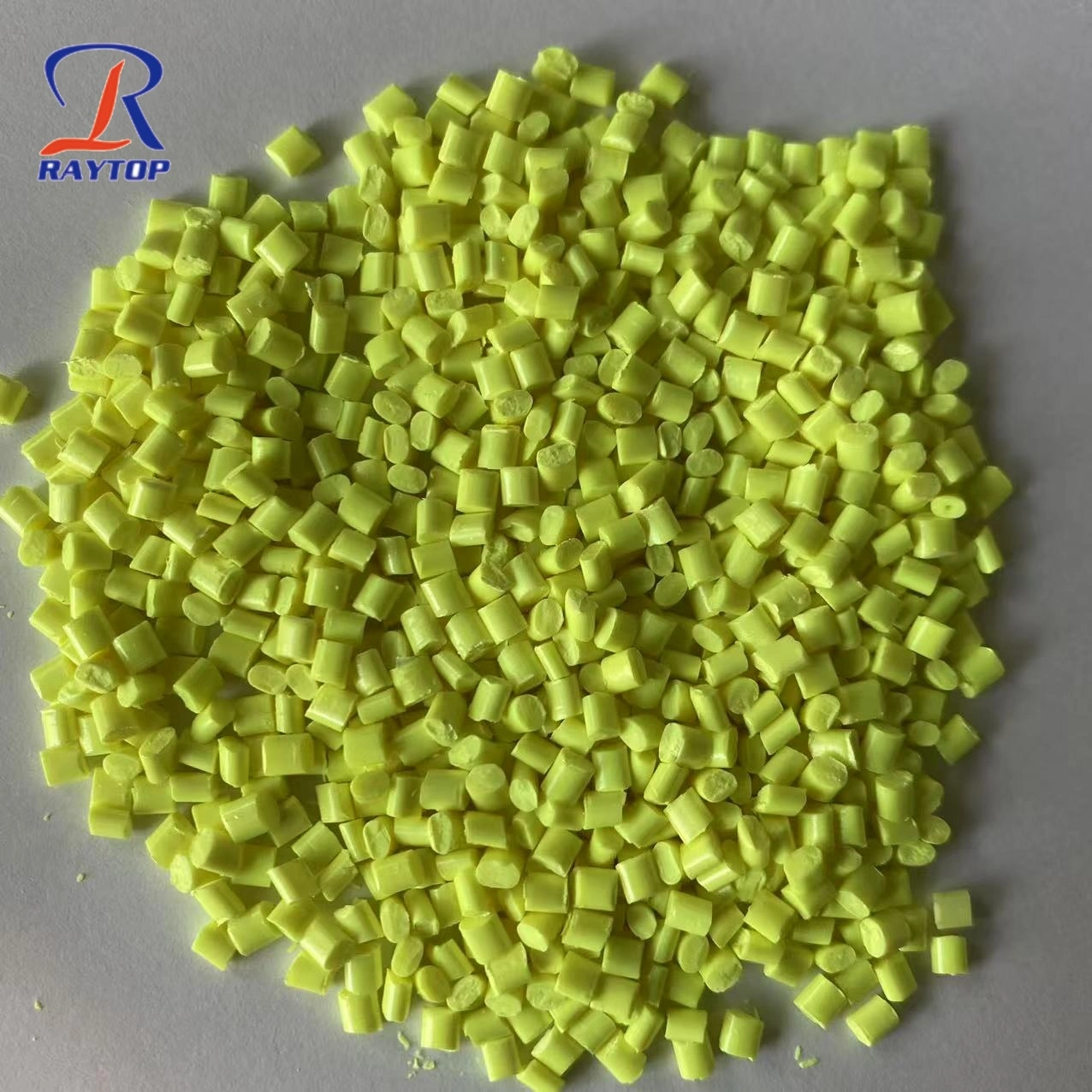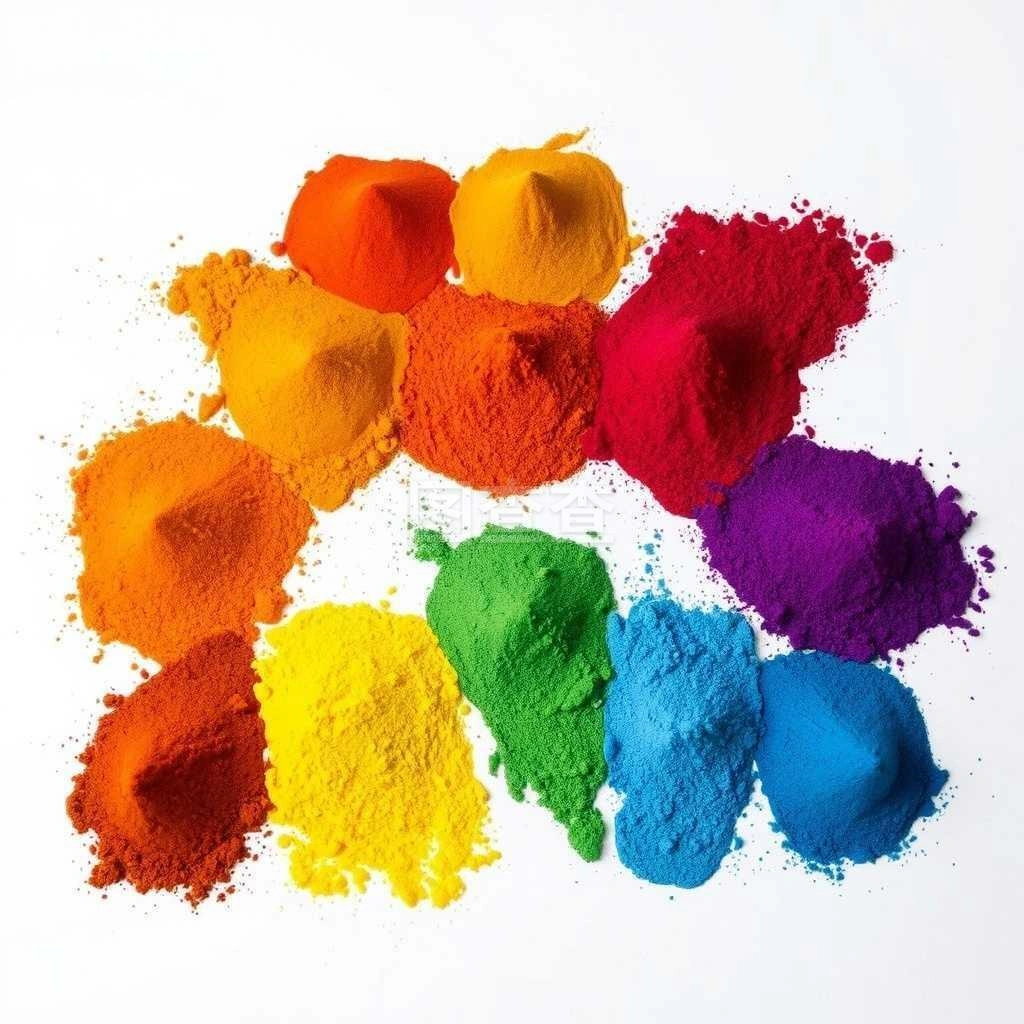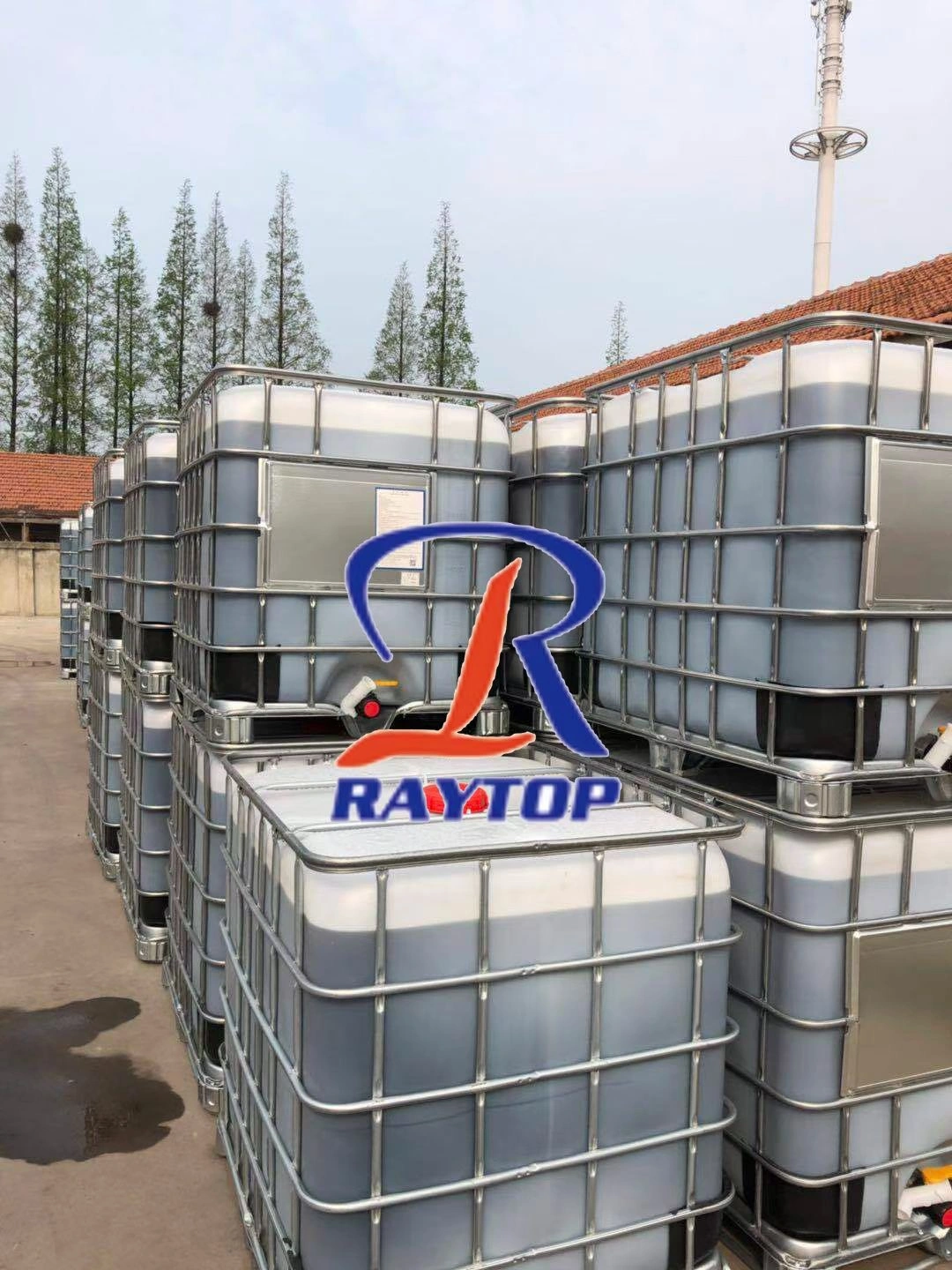Keeping white clothes bright and fresh is a universal challenge. Over time, fabrics lose their original brilliance due to factors such as frequent washing, exposure to sweat and body oils, environmental pollution, and detergent residues. According to a 2024 textile care market survey, 72% of consumers report frustration with keeping white fabrics from yellowing or graying. This raises the key question: what to use to whiten clothes effectively, safely, and affordably?
This article explores traditional and modern whitening solutions, compares their effectiveness, and highlights the role of advanced whitening agents like optical brighteners. We will also discuss the innovative products offered by Shandong Raytop Chemical Co., Ltd., a global leader in optical brightener solutions for textiles, detergents, and beyond.
Why Do Clothes Turn Yellow or Gray?
Before exploring whitening methods, it’s important to understand the science behind fabric discoloration:
| Cause | Mechanism | Common Signs |
|---|---|---|
| Sweat & Body Oils | Proteins and oils oxidize, causing yellow stains. | Yellowing around collars and armpits. |
| Detergent Residue | Incomplete rinsing leaves soap scum, trapping dirt. | Graying, dull look. |
| Environmental Factors | Pollution, smoke, and dust particles settle on fibers. | General discoloration. |
| Sunlight & Heat | UV exposure and high heat break down fibers. | Yellowing, brittleness. |
Key Insight: To whiten clothes effectively, a solution must not only remove stains but also restore brightness by counteracting fiber discoloration.
Traditional Whitening Methods
1. Bleach (Chlorine-Based)
Usage: Common in households for whitening cotton.
Advantages: Fast-acting, strong stain removal.
Disadvantages: Can weaken fibers, cause yellowing over time, unsuitable for silk/wool.
2. Oxygen-Based Whiteners
Usage: Contain hydrogen peroxide or sodium percarbonate.
Advantages: Safer than chlorine bleach, effective on organic stains.
Disadvantages: Requires hot water for best results.
3. Baking Soda & Vinegar
Usage: Added during wash cycles.
Advantages: Eco-friendly, deodorizing.
Disadvantages: Limited whitening power compared to industrial solutions.
4. Bluing Agents
Usage: Add a blue tint to offset yellowing.
Advantages: Improves perceived whiteness.
Disadvantages: Does not clean or prevent discoloration.
Optical Brighteners: The Modern Whitening Solution
Unlike traditional methods, optical brighteners (also called fluorescent whitening agents) do not remove stains but enhance whiteness perception by absorbing UV light and re-emitting it as visible blue light. This makes fabrics appear brighter and cleaner.
Research Data: Optical Brightener Effectiveness
| Whitening Agent | Average Increase in Fabric Whiteness Index (WI) | Fiber Damage Risk | Eco-Friendliness |
|---|---|---|---|
| Chlorine Bleach | +25 | High | Low |
| Oxygen Bleach | +30 | Medium | Medium |
| Bluing Agent | +15 | Low | Medium |
| Optical Brightener | +45 to +60 | Very Low | High |
Source: Textile Chemistry Research Journal (2023).
Clearly, optical brighteners outperform traditional whitening methods, especially when long-term brightness and fiber protection are considered.
Shandong Raytop Chemical Co., Ltd.: Leading the Way in Optical Brighteners
Founded in 2006, Shandong Raytop Chemical Co., Ltd. has established itself as a global leader in producing optical brightener series products and related additives. With three production bases covering 120,000 square meters, advanced R&D facilities, and a professional technical team, Raytop provides innovative whitening solutions trusted worldwide.
Key Optical Brightener Products for Textiles
Strong fluorescence.
Excellent whitening effect and light resistance.
Widely applied in textile whitening.
Functions as an anti-peroxide bleaching agent.
Contains sodium hydroxide reducing agent.
Ideal for safer textile bleaching processes.
Flexible application stage – can be added during any whitening treatment.
Improves brightness in textile coatings.
Advantages of Raytop Optical Brighteners
High Whiteness, Low Dosage – small amounts deliver significant whitening.
High Stability – maintains effect under varying wash conditions.
Environmentally Safer – designed to reduce damage to fibers and the environment.
Global Reach – exported across Europe, America, Asia, and Africa.
Comparative Data: Whitening Methods for Cotton Textiles
| Method | Cost Efficiency (per kg fabric) | Whiteness Index (WI) Improvement | Fiber Safety | Industrial Suitability |
|---|---|---|---|---|
| Chlorine Bleach | $0.10 | +25 | Low | Household |
| Oxygen Bleach | $0.18 | +30 | Medium | Household & Industrial |
| Baking Soda & Vinegar | $0.05 | +10 | High | Household |
| Bluing | $0.12 | +15 | High | Household |
| Optical Brightener (Raytop BA/BBU/APC) | $0.15 | +55 | Very High | Industrial & Household |
Note: Data compiled from textile industry reports and internal laboratory analysis (2024).
How to Use Optical Brighteners in Laundry Applications
In Detergents: Optical brighteners are often added to detergent formulations for long-lasting fabric brightness.
Post-Treatment: Textiles can be dipped in a brightener solution after bleaching for enhanced whiteness.
Coating Stage: Optical brightener APC can be incorporated at any coating stage to maintain brightness.
Consumer Tip: Check laundry product labels for “optical brighteners” to ensure maximum whitening performance.
Sustainability and Environmental Considerations
With rising global concern about sustainability, it is important to choose whitening methods that minimize environmental impact. Optical brighteners are formulated to:
Reduce the need for aggressive bleaching.
Extend fabric life, lowering textile waste.
Be compatible with eco-friendly detergent bases.
According to a 2023 Global Detergent Additives Report, over 60% of new detergent products launched in Asia contained optical brighteners as part of eco-friendly product lines.
Practical Tips for Keeping Clothes White
Wash Whites Separately – prevent color transfer.
Avoid Overloading the Washer – ensure detergent and brighteners work effectively.
Use Warm (Not Hot) Water – preserves fabric and maintains brightness.
Add a Brightener-Enhanced Detergent – for consistent results.
Dry in Shade – prevent yellowing from direct UV overexposure.
Conclusion
When considering what to use to whiten clothes, traditional solutions like bleach, vinegar, and bluing provide some benefits but fall short in long-term brightness and fiber protection. Modern optical brighteners offer a scientifically advanced, sustainable, and highly effective solution.
Shandong Raytop Chemical Co., Ltd. stands at the forefront of this innovation, providing high-quality optical brightener products that meet global demand for cleaner, brighter, and longer-lasting textiles. Whether for household detergents or industrial textile applications, Raytop’s solutions deliver high whiteness, stability, and sustainability. Contact Raytop for a quote.
